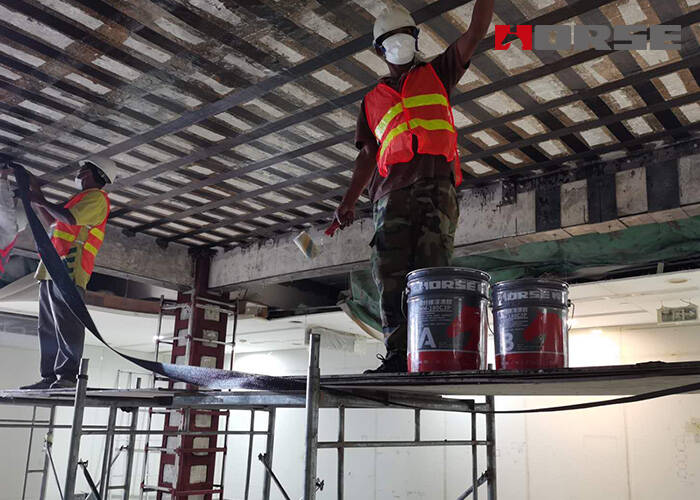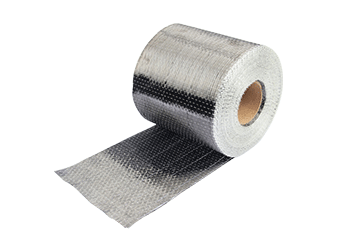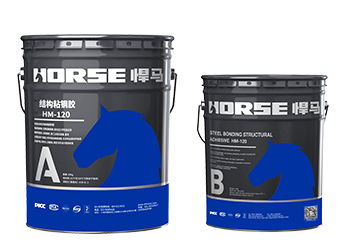Solusi
Horse Construction menawarkan rangkaian lengkap material perkuatan struktur dengan dukungan teknis, dukungan dokumentasi, dukungan produk, dukungan perangkat lunak, dukungan proyek.
Adding Load To The Floor Is Acceptable, But Not Without Structural Reinforcement!

What is a load?
Load refers to external forces and other factors that cause internal forces and deformations in a structure or component. Traditionally, it refers to various direct actions exerted on engineering structures or components to produce effects.
Common loads include: structural dead weight, floor live load, roof live load, roof ash load, vehicle load, crane load, equipment dynamic load, and natural loads such as wind, snow, ice, and waves.
Today's main topic is the common floor loads in daily life. The floor load is divided into floor dead load and floor live load, and the unit of floor live load is generally KN/㎡
According to the standard value of floor live load, it is roughly divided into the following seven levels based on personnel and equipment conditions:
(1) 2.0kN/m2: Few people are active;
(2) 2.5kN/m2: There are many active people and equipment available;
(3) 3.0kN/m2: There are many active people and heavy equipment;
(4) 3.5kN/m2: The active people are very concentrated, sometimes crowded or with heavy equipment;
(5) 4.0kN/m2: The activity is quite intense;
(6) 5.0kN/m2: Warehouse for storing items;
(7) 6-7kN/㎡: Equipped with large mechanical equipment.
During the normal use of buildings, due to their relatively fixed functions, there will be almost no overloading, but there are also cases of improper use, addition of floors, renovation, and changes in usage functions. Once there is an increase in load, the components must be reinforced, otherwise the consequences will be unimaginable.
The commonly used methods for insufficient load on the floor include pasting steel plates for reinforcement and pasting carbon fiber cloth for reinforcement.
Paste steel plates for reinforcement
The method of pasting steel plates for reinforcement is fast in construction, with no wet operations or only a small amount of wet operations such as plastering on site. It has little impact on production and daily life, and after reinforcement, it has no significant impact on the appearance and original clearance of the original structure. However, the reinforcement effect largely depends on the bonding process and operational level.

Paste carbon fiber for reinforcement
The carbon fiber cloth reinforcement method not only has the advantages of pasting steel plates, but also has the advantages of corrosion resistance, moisture resistance, almost no increase in structural weight, durability, and low maintenance costs. However, it requires specialized fire prevention treatment and is suitable for various load-bearing concrete structural components and general structures.
Anda dapat menemukan segala yang Anda butuhkan di sini. Percayalah dan cobalah produk - produk ini, Anda akan menemukan perbedaan yang besar setelah itu.

Lembaran serat karbon Horse Construction digunakan untuk perkuatan struktural, perbaikan, dan perbaikan substrat beton, pasangan bata, baja, dan kayu pada bangunan, jembatan, jalan raya, rel kereta api, terowongan, dermaga, dan bandara sipil.

Pelat polimer bertulang serat karbon (CFRP) Horse adalah pelat komposit yang diawetkan terlebih dahulu, yang diikatkan ke struktur sebagai perkuatan eksternal dengan epoksi HM-120CP.

Perekat pengikat pelat baja struktural HM-120 adalah produk epoksi dua komponen, dengan daya rekat kuat, pengerasan pada suhu ruangan. Produk ini memiliki sifat anti-penuaan dan ketahanan guncangan yang sangat baik dalam daya rekat sendiri dan daya rekat t